Congrats! Getting a new camera is exciting, but there are a few things you should consider setting up first on your new Sony, before you go out to take on the world.
This article references my a7R III, but most of the steps should be similar for other a7R series cameras.
.mgl-tiles { display: none; } #mgl-gallery-634efeece61e6 { margin: -5px; width: calc(100% + 10px); } #mgl-gallery-634efeece61e6 .mgl-box { padding: 5px; } @media screen and (max-width: 768px) { #mgl-gallery-634efeece61e6 { margin: -5px; width: calc(100% + 10px); } #mgl-gallery-634efeece61e6 .mgl-box { padding: 5px; } } @media screen and (max-width: 460px) { #mgl-gallery-634efeece61e6 { margin: -5px; width: calc(100% + 10px); } #mgl-gallery-634efeece61e6 .mgl-box { padding: 5px; } }
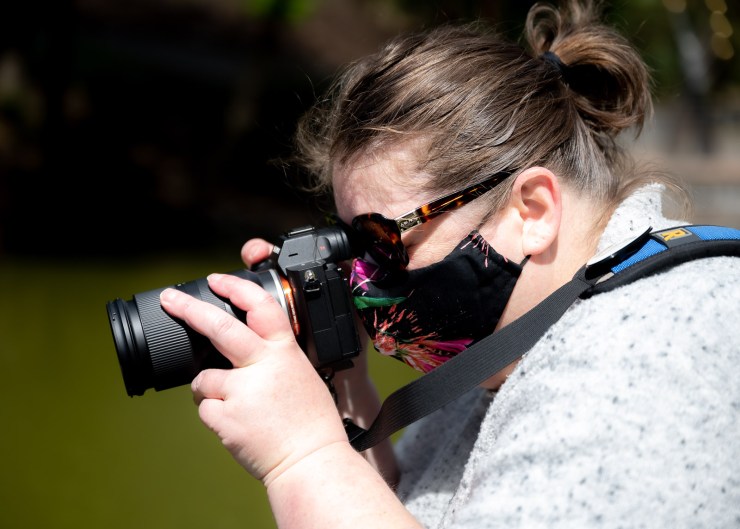
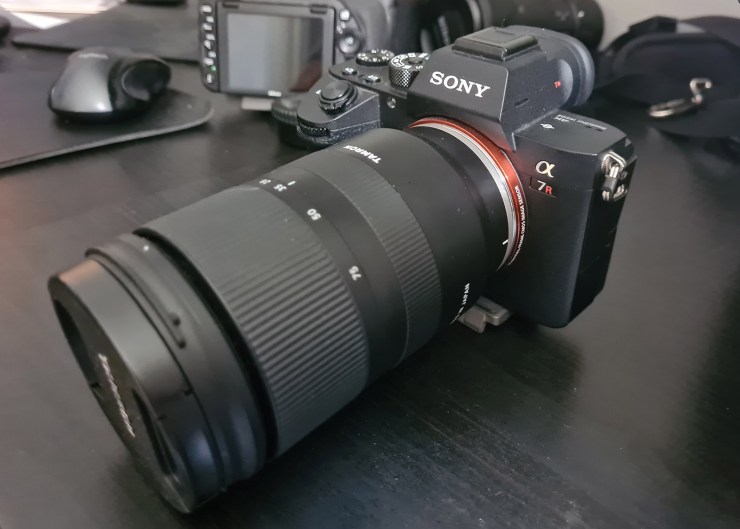
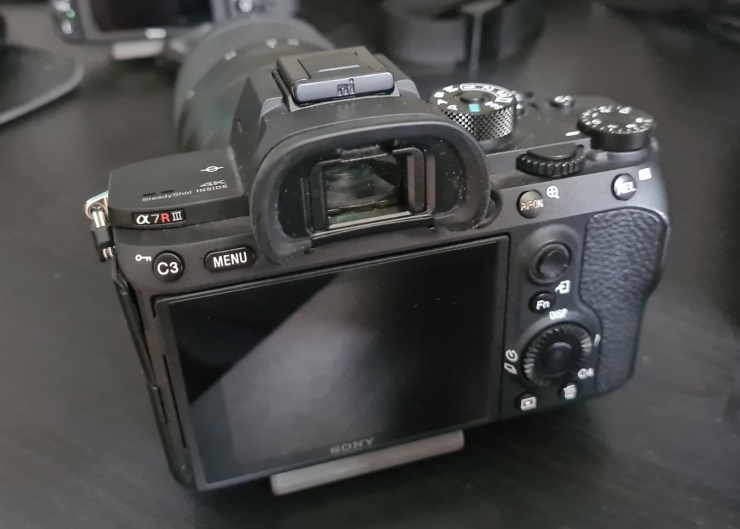
1. Camera software
Your camera might be brand-new and just out of the box, but it’s possible that there is already a firmware update for your camera. If not, at least you can familiarize yourself with the Sony website and know how and where when the time comes. Check out this article for some ideas on how it’s done.
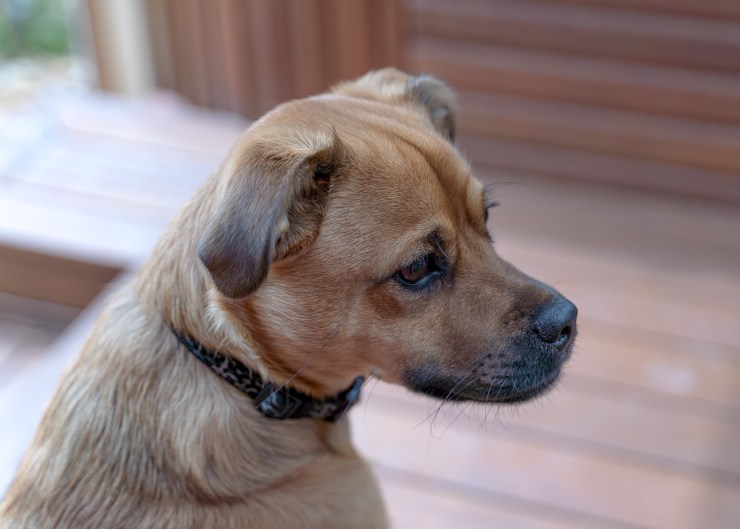
2. Basic settings
I know you’re probably super keen to get out and shoot, but take a few minutes to set up the basic functions, such as setting your Area/Date/Time. I know it seems a bit basic, but if you plan on using the GPS image tagging (with the Sony Play Memories App), it could be handy. Not to mention lining up images to a travel timeline in your editing program.
When you first turn your camera on you will be prompted to set an option and then it jumps straight into the Area/Date/Time, but if you are looking for it, it’s located under the Toolbox menu tab on page 5.
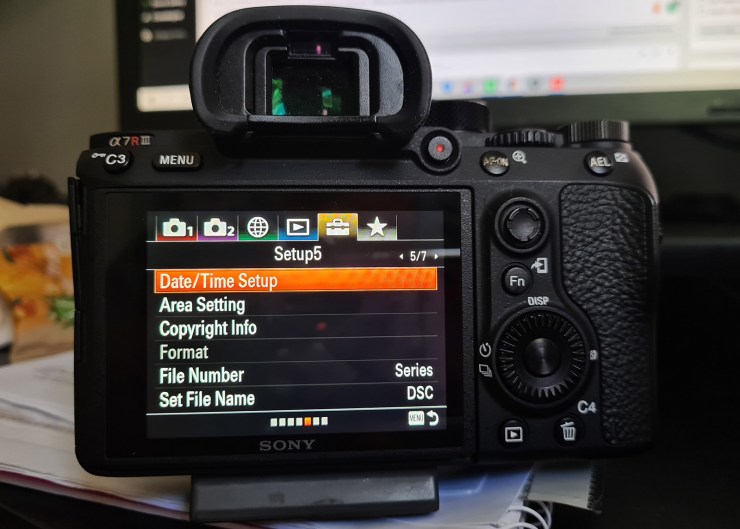
3. Raw or JPEG?
The age-old question with digital cameras Raw or JPEG. Personally I shoot RAW, as it allows for access to ALL the image data for greater editing control.
Once you’ve selected RAW, the question becomes Compressed or Uncompressed. The default is Compressed, which makes for slightly smaller file size. It all gets a bit technical but Sony has an algorithm which removes unnecessary image data. In most situations, they claim it makes very little difference. But if you shoot in high contrast or say astrophotography, uncompressed is recommended by some photographers. These are found in the Camera Options 1 menu tab on page 1.
.mgl-tiles { display: none; } #mgl-gallery-634efeece7622 { margin: -5px; width: calc(100% + 10px); } #mgl-gallery-634efeece7622 .mgl-box { padding: 5px; } @media screen and (max-width: 768px) { #mgl-gallery-634efeece7622 { margin: -5px; width: calc(100% + 10px); } #mgl-gallery-634efeece7622 .mgl-box { padding: 5px; } } @media screen and (max-width: 460px) { #mgl-gallery-634efeece7622 { margin: -5px; width: calc(100% + 10px); } #mgl-gallery-634efeece7622 .mgl-box { padding: 5px; } }
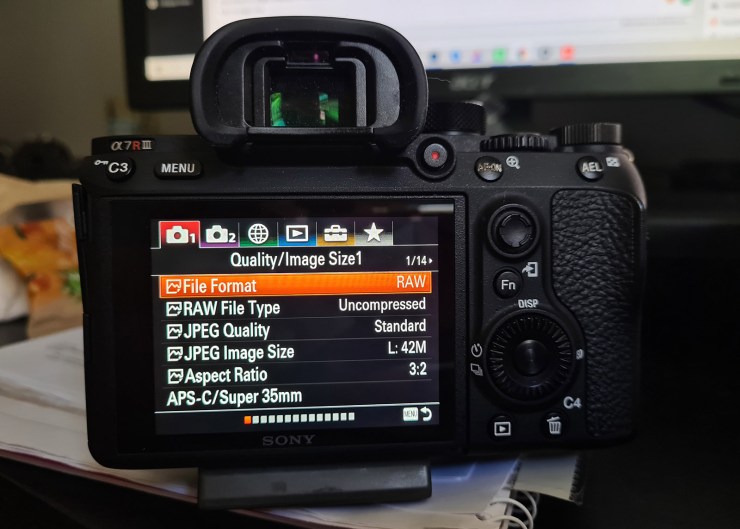
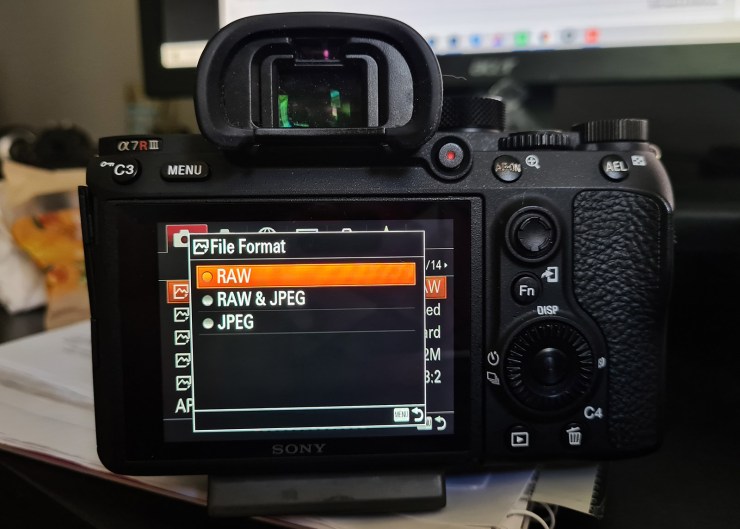
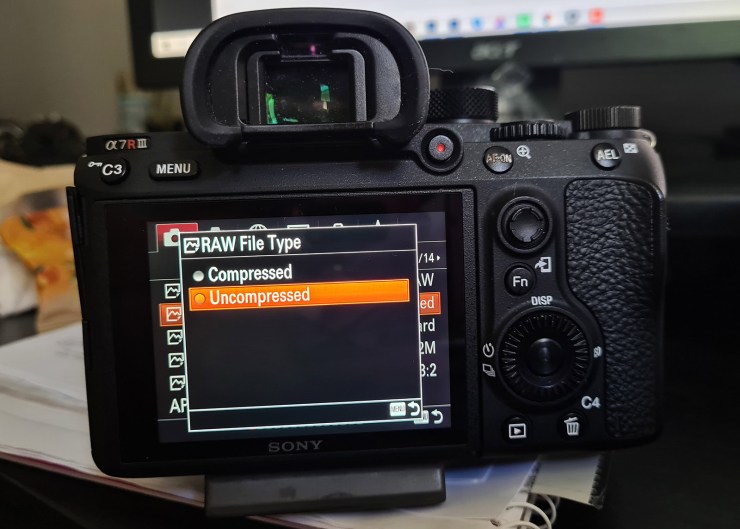
4. Turn on grid lines
I find these grid lines super helpful for shooting both handheld and on a tripod. They can help keep your horizon straight, and are great for composition, too. Look for it in the Camera Options 2 menu tab on page 6.
.mgl-tiles { display: none; } #mgl-gallery-634efeece84e0 { margin: -5px; width: calc(100% + 10px); } #mgl-gallery-634efeece84e0 .mgl-box { padding: 5px; } @media screen and (max-width: 768px) { #mgl-gallery-634efeece84e0 { margin: -5px; width: calc(100% + 10px); } #mgl-gallery-634efeece84e0 .mgl-box { padding: 5px; } } @media screen and (max-width: 460px) { #mgl-gallery-634efeece84e0 { margin: -5px; width: calc(100% + 10px); } #mgl-gallery-634efeece84e0 .mgl-box { padding: 5px; } }
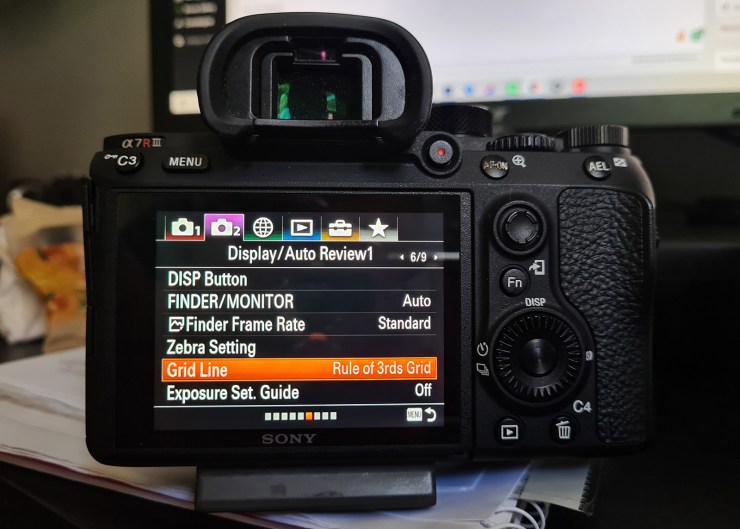

5. Turn OFF auto brightness in viewfinder
Not sure why Sony thought turning auto brightness by default was a good idea, but I found it annoying. Going mirrorless means you can pretty much see exactly what you are shooting through the viewfinder. Having it automatically adjust to the ambient light can be a little confusing, to be honest. Look for it in the Toolbox menu tab on page 1.
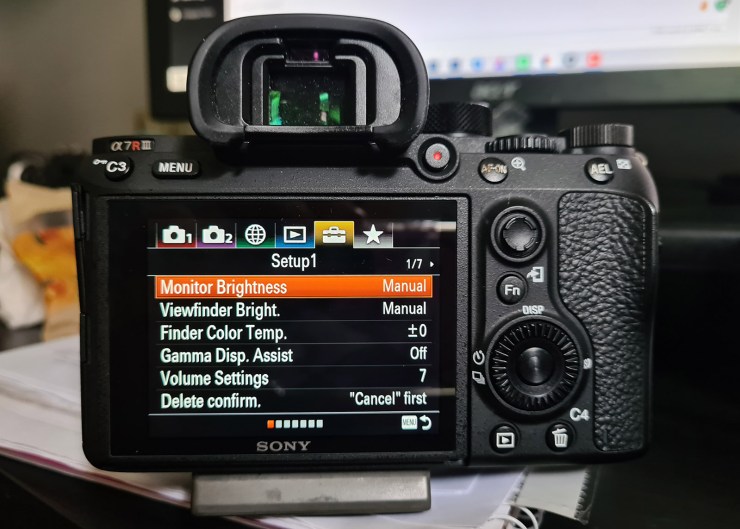
6. Set ISO range and minimum shutter speed with Auto ISO
When shooting in Aperture Priority or Shutter Priority, you have the option to set your camera to Auto ISO, which can be pretty handy in many situations. But to really take advantage of this you also really need to set the minimum shutter speed as well. To avoid camera shake, I recommend a shutter speed of at least 1/125s. Look for this option in the Camera Options 1 menu tab on page 9.
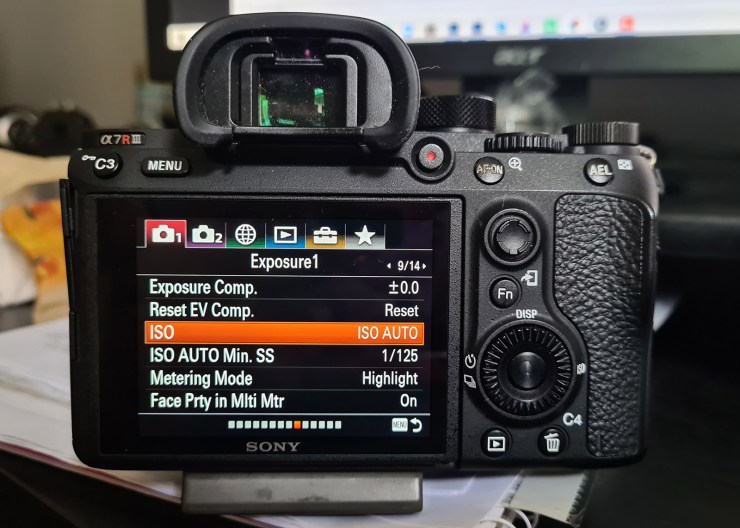
7. Set your multi-card workflow
A real feature of this model is the multiple card slots. You have several options available — actually, there are a LOT of options. You can set to back up from slot 1 to slot 2, RAW in slot 1, JPEG slot 2 and more.
To keep it simple if you are just starting with a single card (which you can do), pop it in slot 1. If you are going with two cards … how you set it up depends on your genre and card redundancy options. Found in the Toolbox menu tab on page 6.
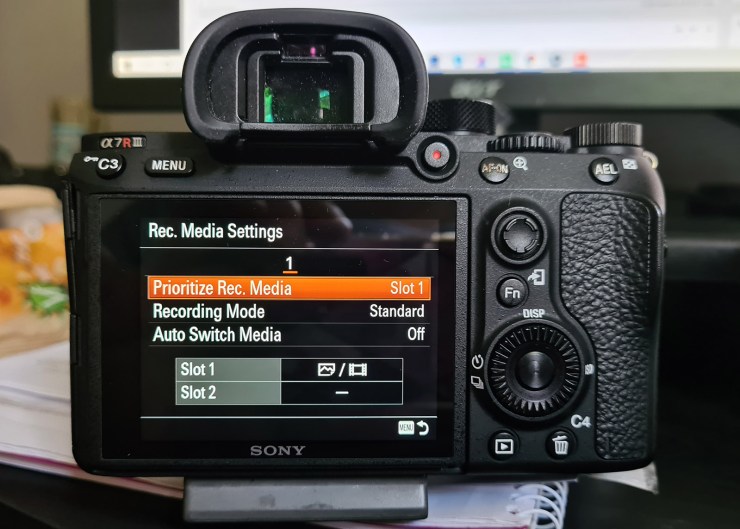
8. Back button focus
If you’re not already using back button focus, perhaps you should. This is already setup by default on the a7R III, with a dedicated AF-ON button on the back of the camera. Back button focus stops inadvertently readjusting your focus when you press the shutter button … but you do need to turn the AF w/Shutter option OFF. Found in the Camera Options 1 tab on page 6.
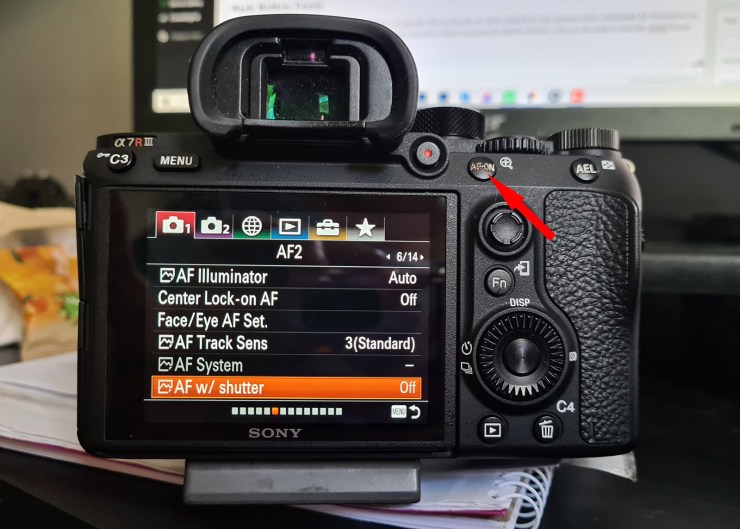
9. Customize Eye AF
Eye Autofocus is pretty cool, but having to press the center of the menu wheel is a bit awkward. Instead, try using custom button 3. I found AEL was better set for DMF focus, but they could be switched over. Your Custom Key settings can be found in the Camera Options 2 menu tab on page 8.

10. Enable touch screen and adjustable spot metering
The a7R III was the first model in the a7 series to receive the new touch screen, which allows you to pick specific focus points on the screen. Look for it in the Toolbox menu tab on page 2.
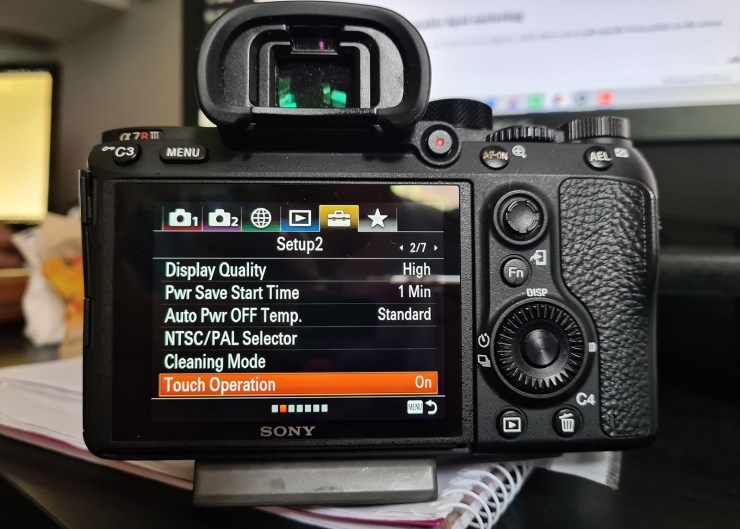
Now using the Focus Point Link as opposed to Center focus, when used with the touch screen and spot metering mode, you can force the camera light meter to from an adjustable focus point. Very handy. Found in the Camera Options 1 menu tab on page 10.
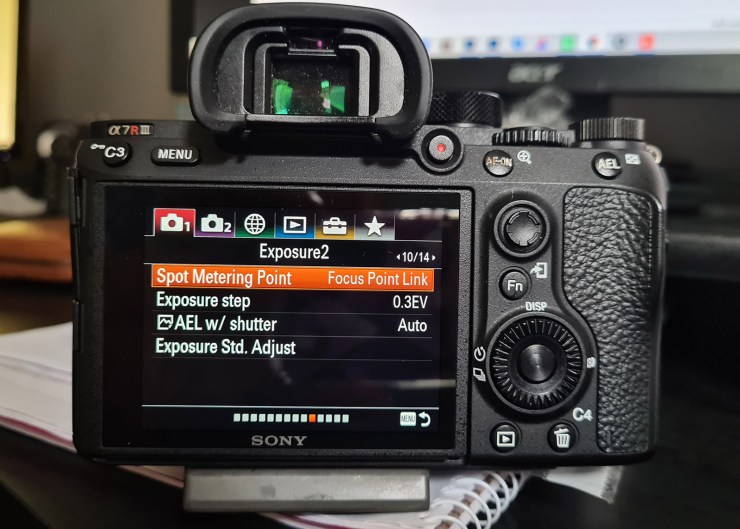
Now you have all that set up, feel free to go shoot. There are more settings to discover so reading your camera manual is a great thing to do. I suggest getting comfortable with your camera, going through the manual and checking things out on your camera at the same time. It’s a really good way to familiarize yourself with your new gear. Enjoy!
Tell your story with the second annual Visual Storytelling Conference!
Experience four days of interactive, online training sessions featuring a range of educational content with experienced photographers and content creators. This free event kicks off with a series of technical boot camps to build essential skills, followed by live, online sessions on photography, video, business and social media. Join live from March 10-13, 2022!
